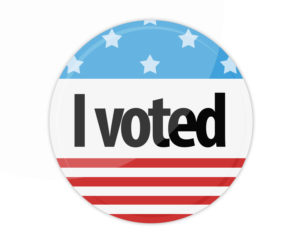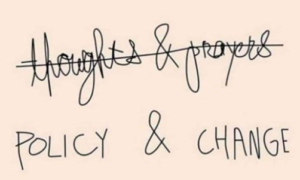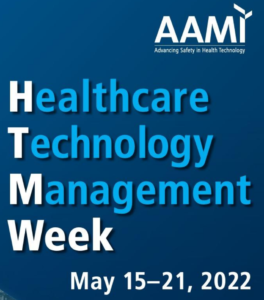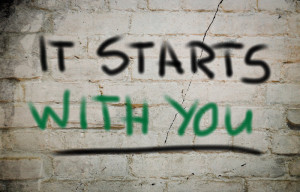This week was my first in-person conference with CIO colleagues since Spring 2019. The CHIME Fall Forum is an annual gathering of health IT leaders, and this year is the 30th Anniversary of CHIME. Prior to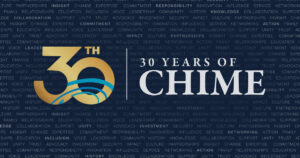 the pandemic, I’ve attended CHIME fall forums almost every year since 2000 when I first joined CHIME. It was so good to again see friends and colleagues I’ve known for decades and finally meet in-person new colleagues and connections I’ve only known via Zoom for the past few years. There is nothing quite like in-person events for networking and informal conversations with colleagues. Kudos to the entire CHIME staff and board who did an excellent job once again!
the pandemic, I’ve attended CHIME fall forums almost every year since 2000 when I first joined CHIME. It was so good to again see friends and colleagues I’ve known for decades and finally meet in-person new colleagues and connections I’ve only known via Zoom for the past few years. There is nothing quite like in-person events for networking and informal conversations with colleagues. Kudos to the entire CHIME staff and board who did an excellent job once again!
From the DEI retreat on Monday to the League of Women’s luncheon and track sessions on Tuesday, to the somewhat creepy humanoid robot interview that CHIME CEO Russ Branzell so patiently did as the keynote on Tuesday, to the insightful “CHIME 30th Anniversary – Past, Present, Future” keynote panel on Wednesday, to the inspiring keynote from Carey Lohrenz on Thursday, and all the track sessions and receptions in between….it was a great few days in San Antonio.
I’ve been involved in the CHIME DEI Committee for the past two years. The panels at the DEI Retreat on Techquity and Next-Gen Leadership generated lively discussion amongst the diverse group of attendees. Kudos to Sheree McFarland, CIO West Florida at HCA, and Cletis Earle, SVP and CIO at Penn State Health, who co-chair the DEI Committee with support from the CHIME staff.
The CHIME League of Women track sessions covered a range of topics aimed at encouraging women to lean into leadership roles and take career risks. These were standing room only sessions – a diverse, multi-generation group of women attended with many male allies. Personal journeys and challenges faced were openly shared by the panelists. Kudos to Sheree McFarland and Sarah Richardson, SVP & Chief Digital and Information Officer at Tivity Health, for their leadership to the League of Women.
Past board chairs in attendance took the stage at the opening session to be recognized. I am grateful for their contributions and leadership over the years. 25 of the past board chairs over CHIME’s first 30 years are white men. Seeing them on stage together was a stark contrast to the diverse group at the DEI retreat and the League of Women’s sessions. Change is happening and health IT leaders are becoming a more diverse and representative group. Continue reading

